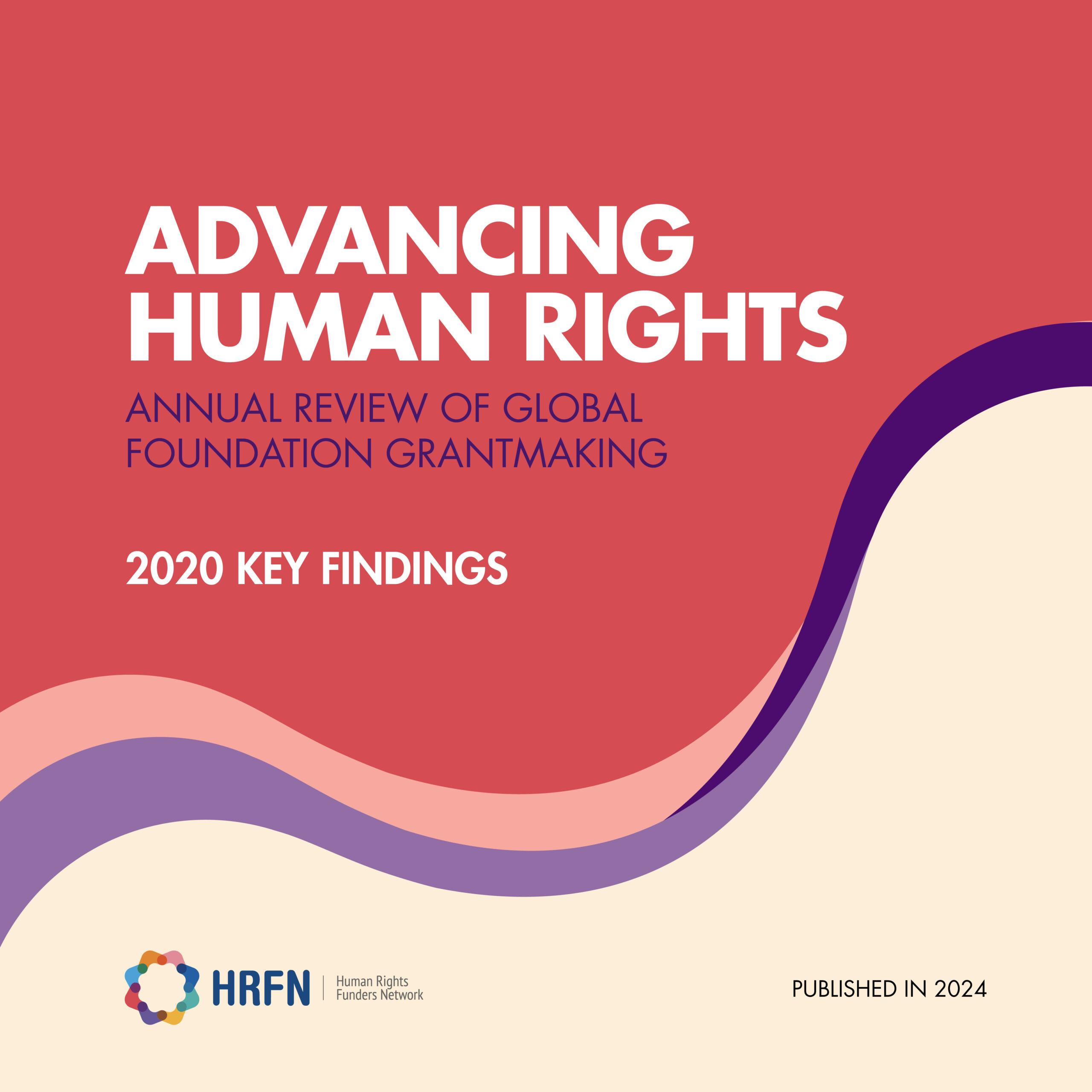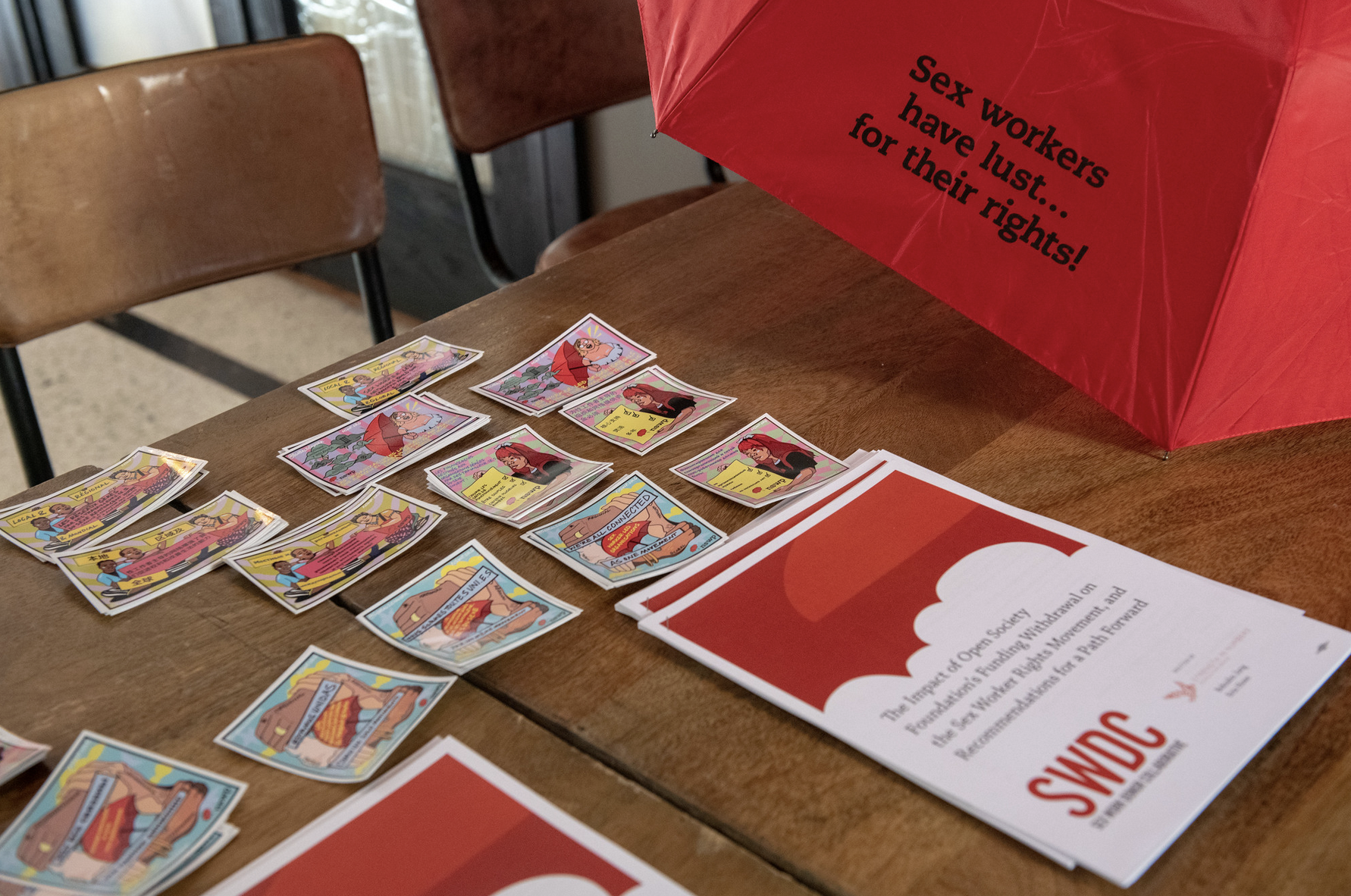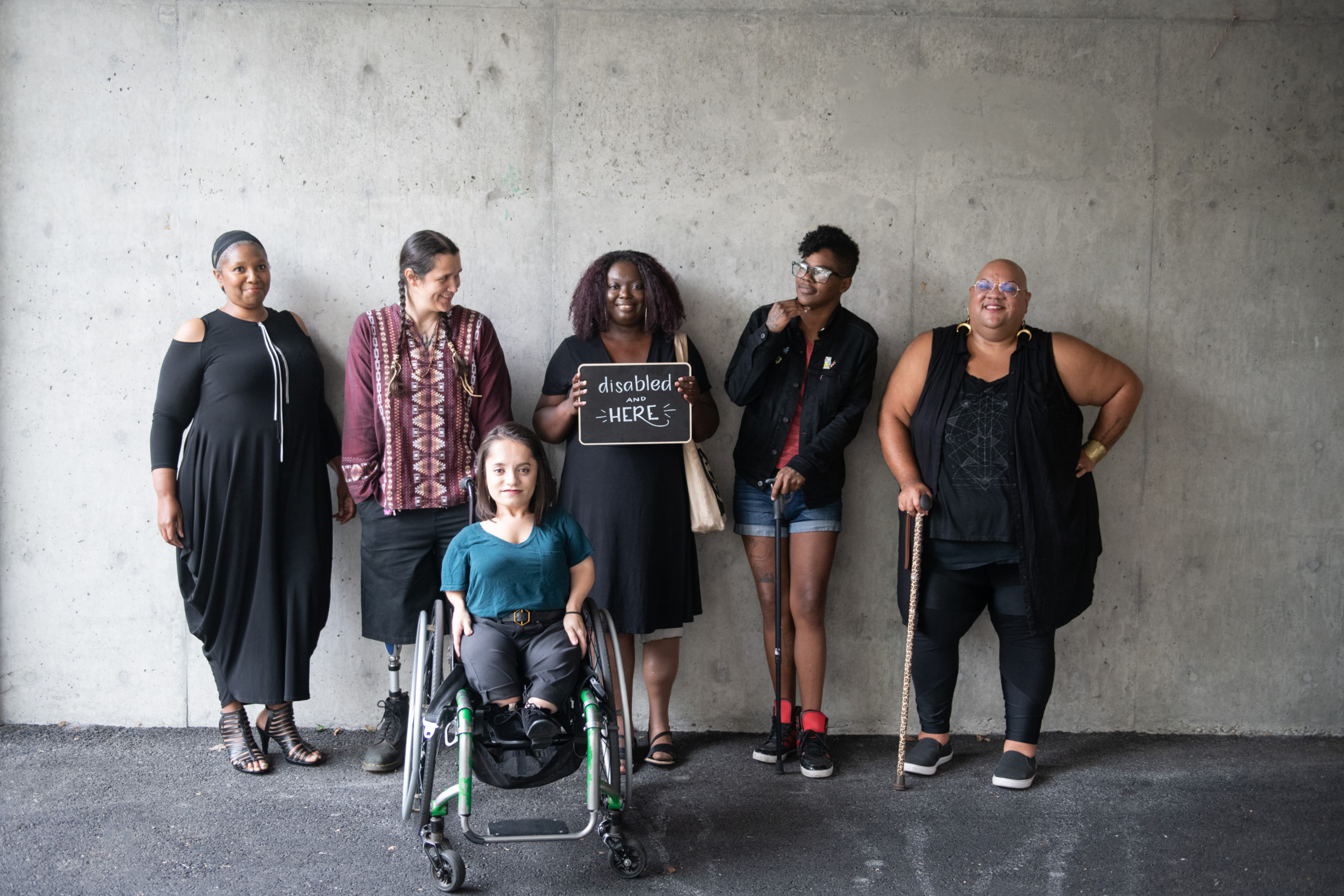The 10th annual human rights report: collaborating to drive impact
This was originally published by Candid, October 28, 2022.
By Ann Mei Chang (she/they) and Kellea Miller (she/her)

Today is a milestone: Candid and Human Rights Funders Network (HRFN) are launching our 10th annual Advancing Human Rights report. Building on a decade of collaborative research, the latest report contributes to our collective understanding of where and how funding supports human rights action around the world.1
This year is remarkable for us personally as well. As new leaders in our respective organizations, Ann Mei as CEO of Candid and Kellea as Executive Director of HRFN, we recognize that this research would not be possible without our partnership.
As we look to these new findings, we uplift why they matter and how this partnership strengthens our goals to map and improve tracking of the field of philanthropy.
Showcasing the latest findings
Our latest report captures $4.1 billion in human rights funding in 2019, a 10% increase from 2018 and a 242% increase over the past 10 years. Building on a decade of analysis, the research points to areas where increased funder support has been instrumental and where reduced or absent support has significant impacts for particular communities, regions, or issues. For example, we see a 38% increase in funding for disability rights between 2018 and 2019, but a 16% drop in funding for human rights work in Sub-Saharan Africa.2 In the report, we put these trends – and many more – into context and ask where funder intentions might be out of alignment with actual grant dollars. (Read the full report here.)
Our findings also spark critical conversations about funding practices in human rights philanthropy and beyond. Promisingly, today’s findings show that a quarter of human rights funding is granted as flexible general support – significantly more than in philanthropy in general. However, regional disparities persist within human rights philanthropy. For instance, groups in North America are five times more likely to receive direct, flexible grants than organizations in Sub-Saharan Africa and seven times more likely than groups in the Caribbean. Seeing both the glimmers of hope compared to the larger field and the areas of caution provide avenues for accountability and action for those funders working to strengthen resourcing for human rights.
Building a dynamic partnership, supporting the field
This work is the result of a unique partnership.
From Candid’s Side
Candid has a practice of collaboration around topics where its data can provide a snapshot into areas of the philanthropic landscape. In recent years, Candid has partnered with the Center for Disaster Philanthropy, HIP (Hispanics in Philanthropy), Native Americans in Philanthropy, and other nonprofits to provide insights and analyses that move the field forward.
Through these partnerships, Candid aims to create a “virtuous cycle” of data sharing and dissemination that strengthens tracking in the field at large The partnership with HRFN helps Candid shed light on the funding landscape for human rights work globally. Grants data HRFN collects from its members and provided by peer donor networks Prospera and Ariadne expand Candid’s dataset to include over 30,000 additional grants, including many from funders based outside the U.S. . In fact, a significant portion of the data received through this collaboration wouldn’t necessarily be available to Candid otherwise, as non-U.S. funders generally aren’t required to make their grantmaking public.
Our work together has ripple effects beyond the human rights dataset. HRFN’s close review of the data strengthens broader data quality and helps Candid make systematic improvements to data and coding processes, including to Candid’s autocoder. HRFN also has brought partners to the table to improve Candid’s tracking in general. This year, when Candid solicited input for revisions to its Philanthropy Classification System, HRFN gathered input from a number of other networks and collectively proposed changes, such as more nuanced categories for human rights, LGBTQI funding, and grants related to women’s rights.
From HRFN’s Side
Candid’s focused effort to collect reliable funding data has enabled HRFN to establish a broad picture of philanthropic support for human rights work globally. Without Candid’s contributions, HRFN could not produce the comprehensive research required to challenge and advance the field of human rights philanthropy. Nesting our analysis of human rights funding in Candid’s larger dataset means we can contextualize the numbers. While $4.1 billion in human rights grants sounds promising, Candid’s database shows us that a mere 8% of total grantmaking by 1000 of the largest U.S. foundations supports human rights. Our collaboration also means we can identify funders supporting human rights work that would not be on HRFN’s radar otherwise.
Our iterative research process also improves measures for tracking funding more broadly. For HRFN, Candid’s openness to collaboration has enabled us to continue to fill in gaps and deliver new, relevant analysis related to human rights. Based on feedback from movements and members, we have added categories such as human rights defenders and sex workers to our research. In 2021, we worked together to ensure racial and ethnic groups were represented and are now in the process of adding past years of data to our shared research hub to capture funding trends for racial and ethnic groups over time. Candid has also provided technical expertise and data to support HRFN’s recent deep dives into key human rights issues, from funding for Black feminist movements, to intersectionality, to resources reaching the frontlines in Ukraine.
What is ahead
This partnership is stronger for the different skills, perspectives, and missions we bring to the table. Our collaboration strengthens HRFN’s effort to provide actionable data to make grantmaking more just and intersectional. The research also advances Candid’s larger mission to give people the information they need to do good. Together, we will continue to provide valuable, actionable analysis that moves philanthropy toward its potential.



